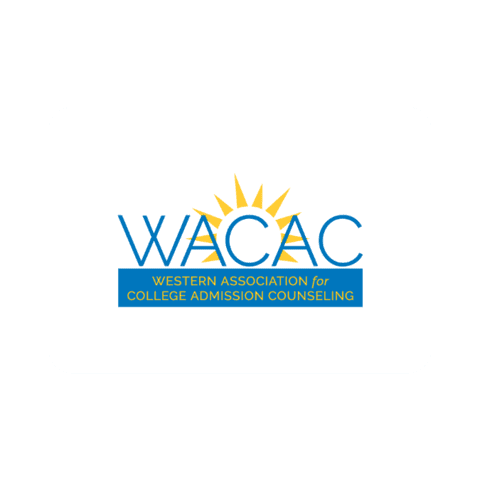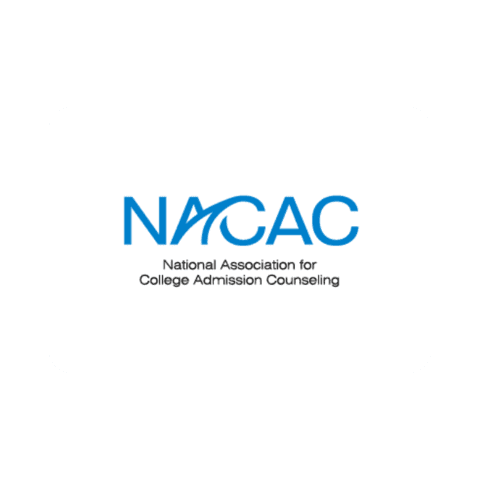If you’re worried about whether or not you can afford college, there may be a lot of numbers to crunch. As you do your calculations, however, don’t underestimate the value of applying for scholarships. In the U.S. in 2024, experts estimated that private sources award over $7.4 billion in scholarship money annually. And that’s in addition to the roughly $46 billion in scholarship money awarded every year by the federal government.
Scholarships are available for a range of student needs, backgrounds, degrees of accomplishment, and other personal factors, and all students should strongly consider their eligibility. If you’re attending classes at a university in the U.S., you likely qualify to apply for multiple scholarships—you just don’t know it yet.

Let’s explore the range of scholarship opportunities and how to benefit from them.
What is a scholarship?
A scholarship, as the name suggests, is financial support for scholars—awarded to a student based on one or more qualification criteria. Students can use the funds to defray the costs of tuition, books, room and board, and other expenses they encounter through the university.
Scholarship amounts differ, from covering a couple of hundred dollars worth of fees to the entire cost of attending university. Thousands of students view scholarships as a critical part of their overall financial aid package—alongside grants, loans, and other sources of income.
What kinds of scholarship opportunities are there?
You might have heard the terms “need-based” and “merit-based” when referring to scholarships. In short, it refers to the type of selection criteria for the award. “Need-based” means scholarships that are granted to those whose family finances can’t or won’t cover the cost of attending university; while “merit-based” scholarships are awarded based on individual accomplishments and regardless of a student’s financial situation.
Scholarship acceptance rates vary, with some being highly competitive. The good news is that there are so many different categories of scholarships that you’re likely to find one or more that are right for you.

Common scholarship opportunities include:
- Scholarships for students in your state – state governments and other organizations provide scholarships for residents of a specific state.
- Scholarships based on identity – many scholarships are directed at increasing student representation and diversity based on factors like race, ethnicity, Indigenous tribe, first-generation college attendance, gender, and more.
- Scholarships for your field of study – universities and corporations often award scholarships based on your chosen area of study.
- Scholarships for non-traditional students – these are scholarships aimed at older and other non-traditional college students to decrease the financial barriers to attending classes.
- STEM scholarships – with STEM-trained employees in high demand, businesses and universities offer scholarships for students in science and tech fields.
- Scholarships for low-income students – commonly referred to as “need-based” scholarships, these opportunities are intended to make college accessible for all.
- Study abroad scholarships – universities and organizations award scholarships specifically to help students gain study abroad experience.
- Athletic scholarships – top student-athletes might receive athletic scholarships to entice them to join a specific university’s athletic program.
Scholarships vs. grants
Both grants and scholarships are types of financial aid for university students, but there are a few key differences.
Grants are generally need-based, while scholarships can be need-based or merit-based. Both public and private sources award scholarships, but grants are generally awarded only by federal or state governments. For example, the Federal Pell Grant program is the largest college grant program in the U.S. To apply for grants, file the Free Application for Federal Student Aid (FAFSA) as soon as possible once it becomes available.
Both grants and scholarships can help you lower the cost of attending college.
How to get a scholarship
Millions of scholarships are awarded every year, with many being highly competitive. That’s why the puzzle of how to get a scholarship is a question on the minds of many students.
While you can’t guarantee you’ll receive a scholarship, there are steps you can take to ensure you submit your strongest possible application.
Here are steps to follow to maximize your scholarship acceptance rate:
- Find scholarships that are tailored specifically for you. The closer you match the scholarship’s intended audience (having achieved a specific academic role, related to your field of study, etc), the more you will appeal to the award committee.
- Read the instructions carefully. Make sure you complete all of the required application components. Submitting an incomplete application will likely result in the scholarship committee rejecting it.
- Have someone else review your application. Before hitting “submit,” have a family member, teacher, or other trusted mentor review the paperwork. This will help you catch spelling mistakes, grammatical errors, and other mistakes that hurt many students’ scholarship acceptance rates.
- Don’t miss the deadlines. Each scholarship will have its own set of deadlines. Carefully track these so you don’t lose out on scholarship opportunities because you missed a deadline by a few days.
- Apply to multiple scholarship opportunities. Because there are so many scholarships available, you likely meet the requirements for more than one. Apply to as many relevant scholarships as you can, which will maximize your chances of landing one or more of them.
Benefits of having a scholarship
Now that you know how to get a scholarship, let’s look at the benefits of receiving one (or more). The most obvious benefit is that they lower the cost of attending college. Each scholarship you receive decreases your overall cost, saving you and your family money.

That benefit alone is enough to convince college-bound students to pursue as many scholarship opportunities as possible. But there are additional benefits you should consider.
First, that lowered cost has benefits beyond the obvious financial ones. Students report being able to focus more on their studies when the cost of college, and the anxiety that often accompanies it, is lowered. This increased focus on your academic goals can improve your college experience as well as your job prospects after graduation.
Scholarships are competitive, and adding a prestigious one to your resume as an accomplishment can help you gain other opportunities, including internships, on-campus work, and more.
Lastly, if student loans are part of your college financial aid package, each scholarship you receive will lower the amount you have to borrow. This lowers your future debt load, which can save you both time and money in the long run.
Additional resources for scholarship seekers
Navigating financial aid can be challenging. Here’s a list of financial aid tips and reminders to keep you on track.
Do you need to pay for college without family financial support? Check out these tips for how to manage your financial journey.
Lastly, check out these 6 scholarship opportunities for low-income students.


